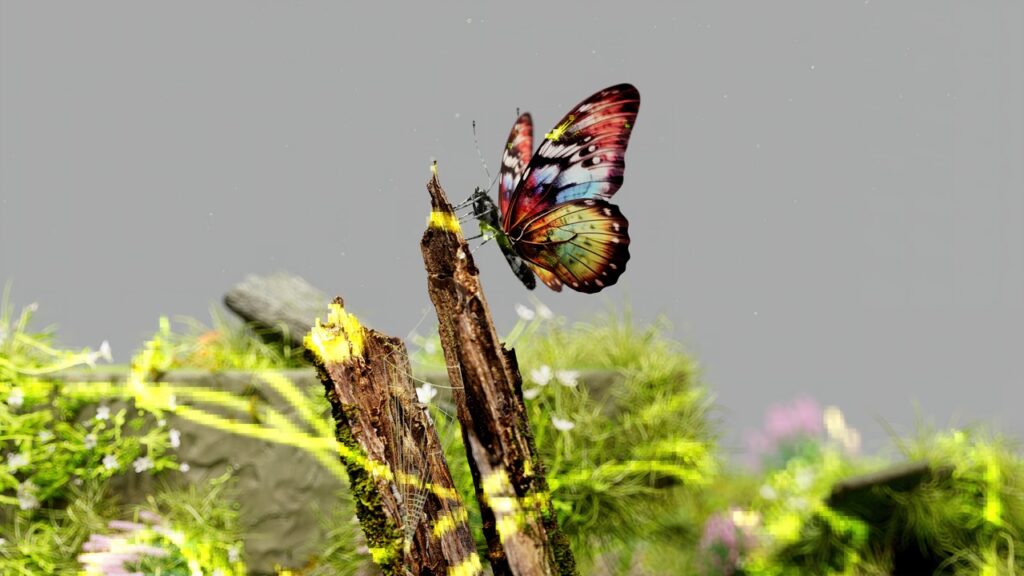In the colossal theater of life, biodiversity plays the lead role, orchestrating a harmony essential for the planet’s health and survival. However, the burgeoning human footprint threatens to mute this melody. Conservation science steps into this scenario as a crucial director, aiming to preserve the natural heritage. This article explores the symbiotic relationship between biodiversity and conservation science, and the indelible impact they have on preserving the multitudes of life forms sharing our planet.
The Spectrum of Life:
- Biodiversity, a term encapsulating the variety of life on Earth, spans across different scales from genes, species to ecosystems. It’s a rich tapestry that ensures resilience, productivity, and adaptability of natural systems.
Conservation Science: A Beacon of Hope:
- Conservation science is a multidisciplinary approach aimed at understanding, protecting, and sustainably managing biodiversity. It melds principles from ecology, genetics, sociology, economics, and policy to forge strategies that counter the loss of biodiversity.
Valuing Biodiversity:
- Biodiversity is not just a catalog of species but a treasure trove of genetic material, potential medicines, and a cornerstone for many industries like agriculture and pharmaceuticals. It also underpins ecosystem services crucial for human survival.
Threats to Biodiversity:
- The modern era, often dubbed as the Anthropocene, highlights human-induced threats to biodiversity including habitat destruction, pollution, climate change, overexploitation, and invasive species.
Assessment and Monitoring:
- Conservation science entails meticulous assessment and monitoring of species and habitats. Modern tools like GIS (Geographic Information Systems), remote sensing, and molecular genetics play a pivotal role in collecting and analyzing data to discern trends and threats.
Protected Areas and Wildlife Corridors:
- Establishing protected areas and wildlife corridors are quintessential conservation strategies to safeguard habitats and enable species movement, facilitating genetic exchange and adaptation to changing conditions.
Community Engagement:
- Engaging local communities in conservation efforts is crucial for success. Community-based conservation fosters stewardship, educates the populace, and often yields solutions that benefit both biodiversity and local livelihoods.
Policy and Legislation:
- Informing and influencing environmental policies and legislation is a vital aspect of conservation science. It ensures that decisions at regional, national, and global levels are conducive to biodiversity preservation.
Restoration Ecology:
- Restoration ecology, a sub-field of conservation science, focuses on restoring degraded ecosystems, aiming to revive their functionality and biodiversity.
Education and Awareness:
- Spreading awareness about the importance of biodiversity and the threats it faces is fundamental to garnering support for conservation initiatives.
Global Cooperation:
- Biodiversity conservation is a global endeavor requiring cross-border cooperation to address threats like invasive species and climate change.
In conclusion, the dialogue between biodiversity and conservation science is pivotal for the sustainability of life on Earth. It’s a narrative that underscores the interdependence of humans and nature, urging a collective responsibility to conserve the rich biological heritage we are bestowed with. As we advance into an era where the human imprint is indelible and profound, embracing and advancing conservation science is not a choice, but a necessity to ensure that the orchestra of life continues to play its symphony across the verdant expanses of our shared planet.







